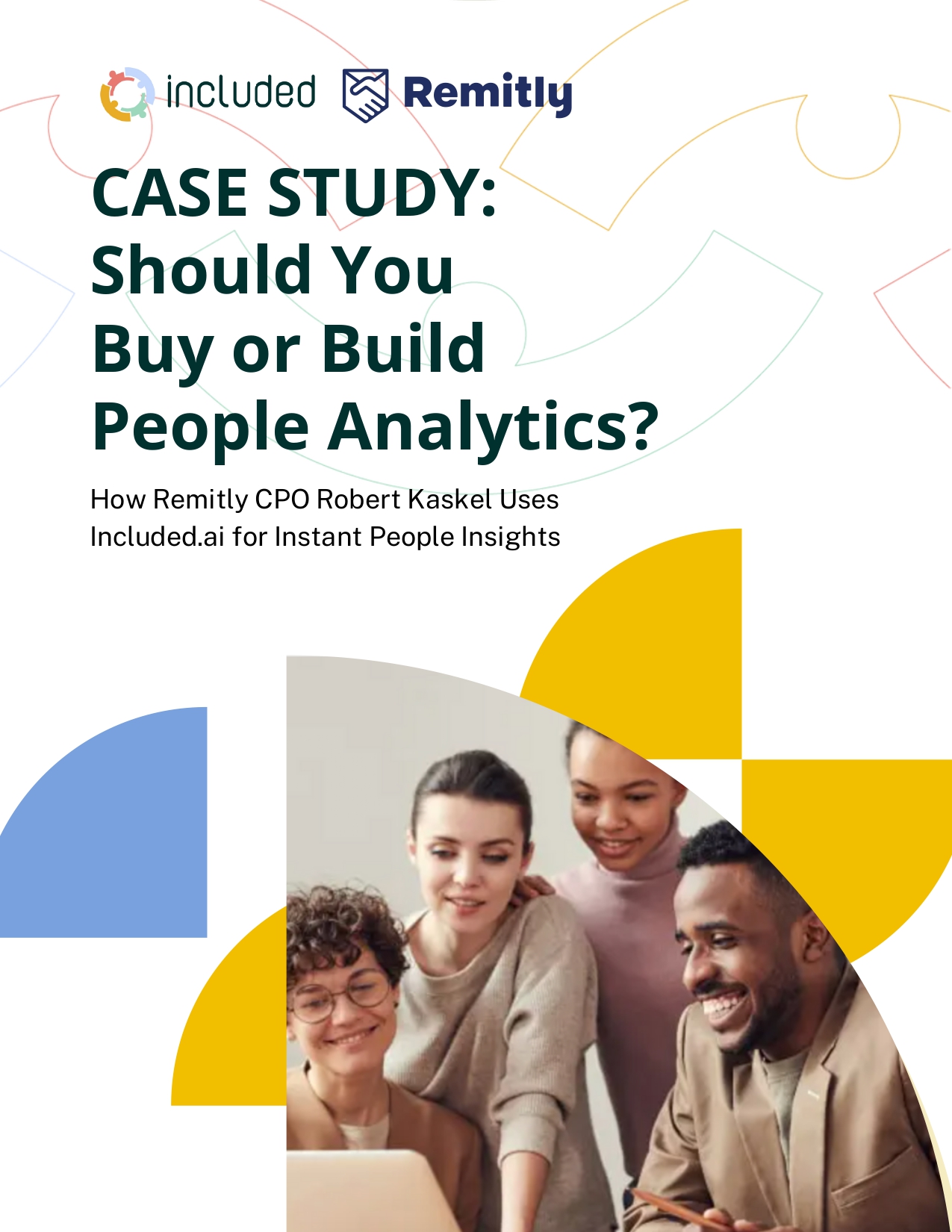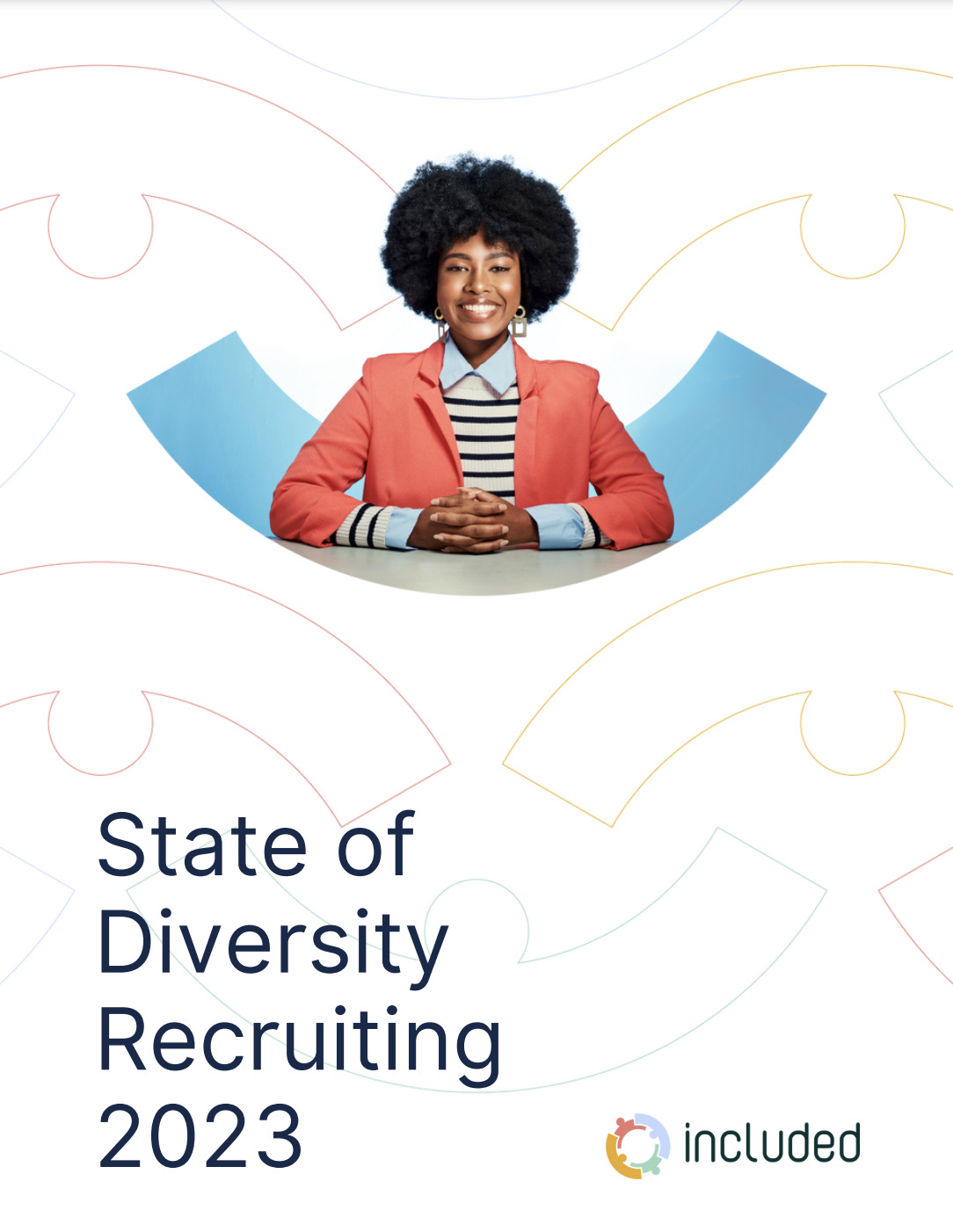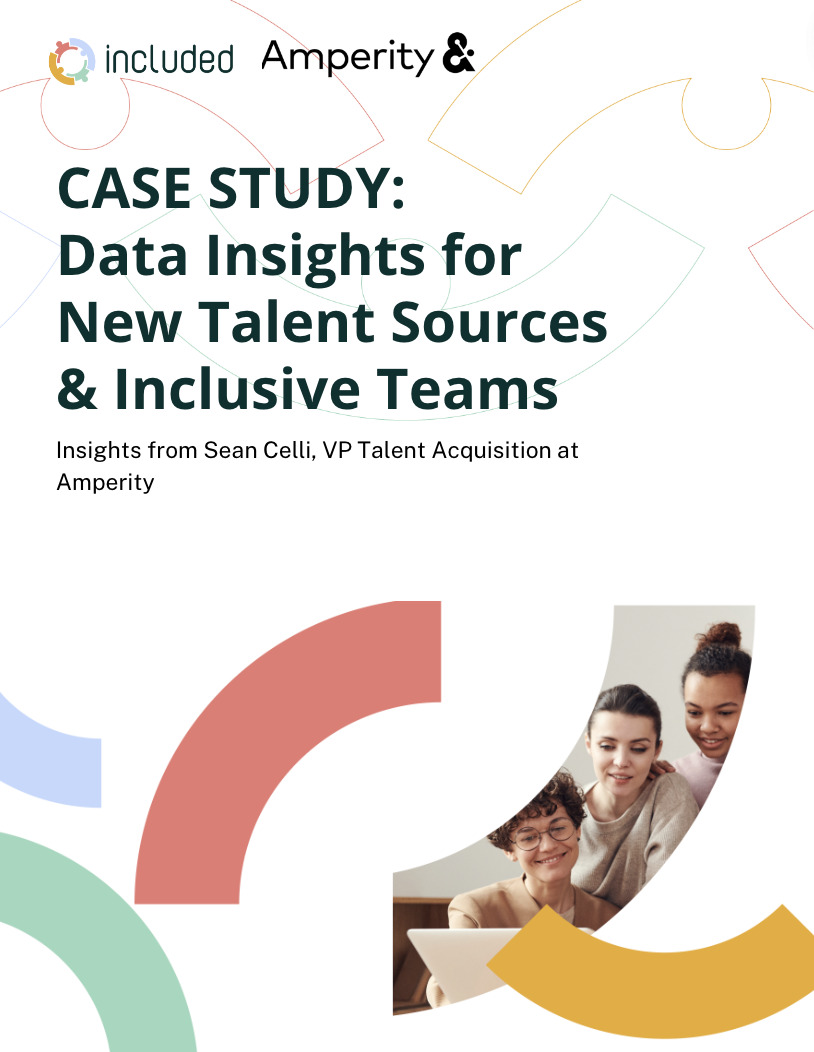What better time to turn to the data?
To understand the current state of recruitment, a wealth of data drawn from the talent acquisition process is required. How else would we locate successes to build on, which steps need overhauling, and goals to work towards? Results-driven HR leaders follow the numbers, refining and continuously improving each point on the hiring pipeline as indicated by the data available to them.
Granted, there are numerous limitations on how much data can be collected. Data-restrictive law, insufficient IT support, and slow-moving corporate culture can all create limitations to data access. Setting that aside, let’s look at a few of the metrics that shape the thinking and the OKRs of forward-looking recruiters who can access the data freely.
Acquisition Metrics
Tracking demographic data across the hiring timeline is a vital component of diversity recruiting talent acquisition metrics. Robust people statistics are the underpinning of DEI at every step of the employee life cycle, starting with first contact.
In a competitive market, a seamless hiring process is key to recruiting top talent. While most recruiters track time-to-hire, that overall number does not deliver the detailed picture needed to assess next steps. Recording the length of each step in the hiring process identifies bottlenecks, allowing you to improve the experience for all parties. This is an opportunity to assess if the interview process is too drawn out, with excessive rounds of interviews that lose candidates. A streamlined hiring process relieves team stress created by understaffing, and decreases the likelihood of recruits finding employment elsewhere while waiting to hear back from you.
Conversely, you may discover that the process lacks rigor, resulting in subpar hires. Like Google, you’ll be able to use this data to locate the sweet spot for your company.
Feedback
Candidate feedback is another valuable piece of the diversity recruiting puzzle. Asking for interviewee’s reflections is vital to understanding and improving the recruitment process. This feedback combined with the numbers will not only answer questions you already have, but can illuminate what questions you should be asking.You may find that there is a gendered or racial disparity in interviewee experiences that is throwing a wrench in DEI efforts, or that one interviewer rejects qualified candidates of marginalized identities at a disproportionate rate. These are fixable problems, but only if you have the numbers and feedback to reveal them, and the tech to sort through the noise.
Don’t underestimate the impact interview culture has on employer brand. Having a reputation for grueling, day-long interview panels affects your overall employer brand, just as does your work-life balance and benefits package. Bad interview experience will negatively impact your ability to recruit, and without direct feedback from interviewees you can end up with an undertrained hiring manager doing preventable damage for years. Good candidate experience can lead to increased referrals, higher brand affinity, and higher rates of offer acceptance. Post-interview feedback provides a window into the narrative talent is carrying to their networks about the interaction.
Outreach Metrics
HR professionals, called to present a race and gender-diverse slate of candidates, are expanding their outreach to previously undertapped conferences and events. The attendant challenge is tracking the number of contacts made, applications received, and applicants who reach each stage of the hiring and onboarding process to determine the event’s impact on diversity and outreach efforts. Those numbers, combined with costs of attendance and quality of hire, give you ROI numbers that signal which outreach events are your best resources going forward.
Tracking talent acquisition metrics comprehensively will help you to save time, lower costs, and find the right candidates for the job. As part of the broader picture of HR and DEI, talent acquisition metrics are indispensable to a data-driven approach. The first step of any goal-setting system is measuring and recruitment is no different from any other department in that respect.












